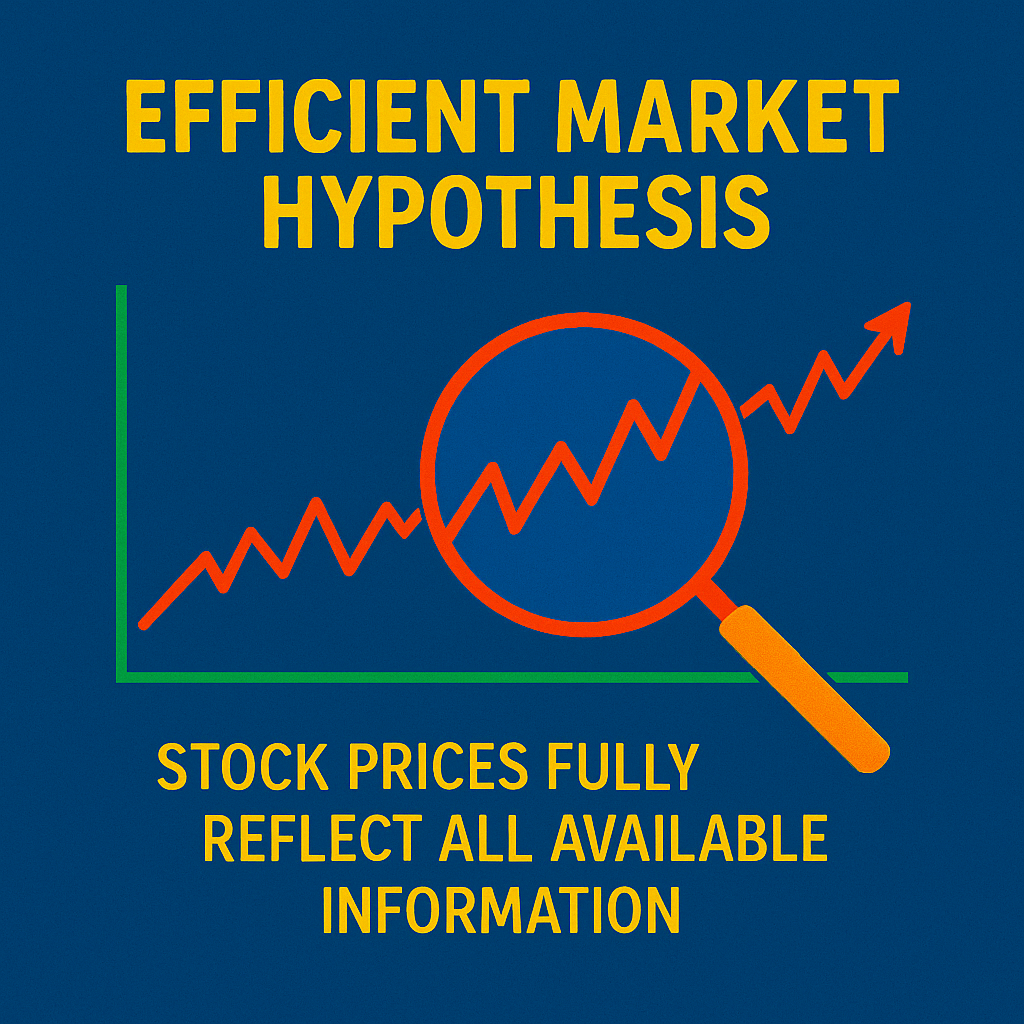Featured and Latest Posts

What Eugene Fama Really Says About Efficient Markets
Eugene Fama’s Efficient Market Hypothesis (EMH) is often misrepresented. Far from claiming that markets are always right, Fama argues that whilst markets aren’t perfectly efficient, they’re efficient enough that consistently beating them is extremely difficult.
He outlines three forms of efficiency—weak, semi-strong, and strong—based on how much information is reflected in prices. Whilst evidence supports the weaker forms, Fama himself rejects the strong form that assumes insider information is priced in.
For Fama, EMH is a useful framework, not a flawless rule. Prices can be wrong—but not in ways that investors can reliably exploit.

Growth, Value, and the Long Game: Discount Rates, Cash Flows, and Who Should Own What
Growth stocks sound like the perfect match for aggressive, long-term investors—offering high return potential, long horizons, and exciting prospects. But beneath the surface lies a more complex story. Growth and value stocks respond differently to changing economic conditions, and understanding these differences is crucial to building a resilient portfolio.
This post explores why growth stocks are more sensitive to changes in the discount rate, whilst value stocks are more exposed to changes in expected cash flows. We examine the deeper implications of ‘good beta’ and ‘bad beta’—concepts developed by John Y. Campbell and Tuomo Vuolteenaho—and how they influence the real-world risks investors face. Finally, we turn to lifecycle investing: why young investors with risky jobs may benefit from growth, and why older investors might tilt towards value. The result is a more nuanced framework for asset allocation—one that considers not just age or return potential, but how your investments interact with your income, career, and future opportunities.

Passive vs Active Fund Management in Fixed Interest (Bonds)
Equity markets have long made the case for indexing. With liquid trading, broad coverage, and well-researched prices, passive equity strategies consistently outperform the majority of active managers—especially after costs. But fixed income is different.
Bond markets are more opaque, fragmented, and often distorted by central bank intervention. Index construction itself is flawed, overweighting the most indebted issuers rather than the most creditworthy. As a result, even evidence-led investors sometimes make an exception for active management in bonds.
In this post, we explore whether that exception is justified. We examine the structural differences between equity and bond markets, the empirical performance of active bond managers using SPIVA’s 2024 scorecard, and the emerging role of systematic strategies that bridge the gap between active and passive. As we’ll see, whilst there are reasons to question bond indices, the long-term data still challenge the promise of active alpha.

Value vs Growth Investing
Value or growth? It’s one of investing’s most enduring questions. Growth stocks like Apple and Nvidia promise future riches, whilst value stocks—often out-of-favour firms like Ford or BP—appear cheap today. History suggests that value has delivered higher long-term returns, but not without discomfort.
Some believe that the value premium reflects added risk; others see investor bias and overreaction. As John Cochrane jokes, everyone wants the higher returns of value stocks—until they find out which ones they’d actually have to buy. ‘There you go,’ he says, ‘that’s the value premium.’
Despite recent challenges, the case for value remains compelling—especially when valuation gaps are wide. Tools like Research Affiliates’ Asset Allocation Interactive, which I highly recommend, highlight its long-term potential.



Good financial decisions aren’t about predicting the future—they’re about following a sound process today.
In investing, outcomes are noisy. Short-term performance often reflects randomness, not skill. Yet fund managers continue to pitch five-year track records as if they prove anything. They don’t.
As Ken French puts it, a five-year chart ‘tells you nothing’. The real skill lies in filtering out the noise—evaluating strategy, incentives, costs, and behavioural fit.
Don’t chase what worked recently. Stick with what works reliably.